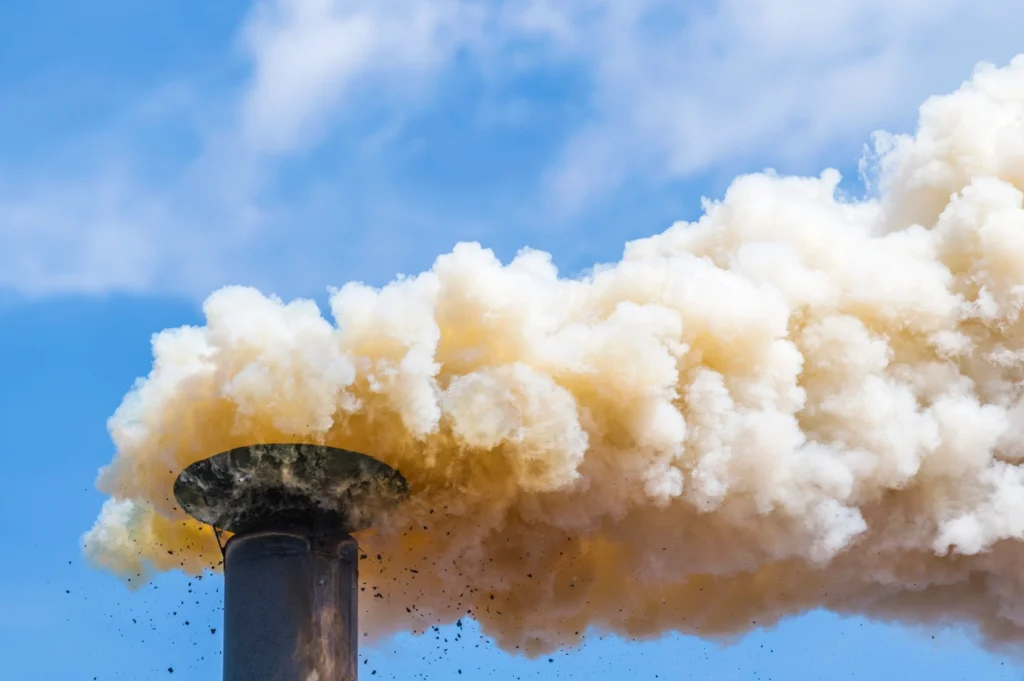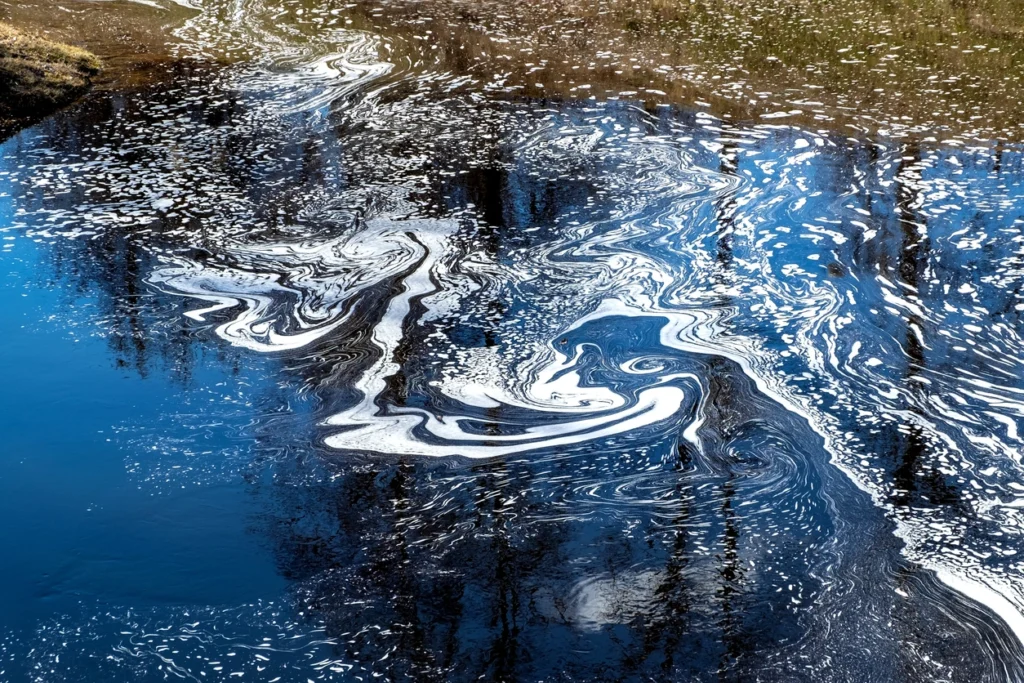Remember the Love Canal disaster of the 1970s? An entire neighborhood was evacuated after toxic chemicals buried there began to seep into homes and schools. Phase I regulations like CERCLA were created to tackle crises of that scale and prevent future tragedies. CERCLA, sometimes called “Superfund,” is a federal law focused on identifying the country’s most polluted sites and ensuring their cleanup, protecting our health and environment.

CERCLA in Plain English
Why does it exist?
Imagine factories belching out thick smoke, waste seeping into rivers, and buried chemicals no one even knew were dangerous. For decades, industrial pollution posed a growing threat to communities across America. CERCLA became law in 1980, responding to a clear public health and environmental crisis.
What are “Superfund” sites?
Think of them as pollution hotspots, needing urgent attention. These aren’t your everyday landfills – Superfund sites might contain hazardous industrial waste, radioactive materials, or a cocktail of unknown substances. They can be abandoned factories, mines, military bases, or even seemingly ordinary places contaminated long ago.
How does a site get on the list?
It’s not a random process. The EPA (Environmental Protection Agency) leads the assessment. They investigate reports of potential contamination, test soil and water, and evaluate the risks. If a site poses serious threats, it’s added to the National Priorities List, which triggers CERCLA’s cleanup system.
Who’s Involved Under CERCLA
“Potentially Responsible Parties” (PRPs)
Let’s ditch the jargon for a moment. PRPs are the companies, individuals, or even government agencies linked to the pollution of a Superfund site. Think of it like a detective story: the EPA investigates to figure out who left the mess and might be on the hook for cleaning it up. PRPs could include the current landowner, past owners or operators of the site, companies that transported waste there, or anyone who directly caused the contamination.
Government’s Role
You can’t have a massive pollution cleanup without some serious authority behind it. The EPA acts as lead investigator and project manager, making sure the science and the law are followed every step of the way. They work with state and sometimes local environmental agencies to determine the best cleanup approach and ensure it’s carried out properly.
Public Participation
Cleaning up a Superfund site often impacts a whole community, and CERCLA recognizes this. It includes ways for the public to learn about sites in their area, provide input as cleanup plans are made, and ensure their concerns are heard. This might involve public meetings, comment periods on proposed actions, or access to site-related documents.

What CERCLA Actually Does
Cleaning up a Superfund site isn’t a one-size-fits-all solution. Here’s the basic roadmap:
- Investigation: Experts analyze the site to determine the types and extent of contamination.
- Risk Assessment: Scientists evaluate how the pollution could harm people and the environment.
- Finding the Fix: Different cleanup methods exist – containing the contamination, removing it, treating it on-site, etc. The EPA chooses the best approach based on the specifics of the site.
- Cleanup in Action: This can take years and involve massive engineering projects, careful monitoring, and complex waste disposal.
- Long-term Oversight: Even after the major cleanup, sites are monitored to make sure the solutions are working and remain protective.
Who Pays?
This is where the “polluter pays” principle comes in. CERCLA aims to have the PRPs pay for cleanups, but it doesn’t always work that neatly. Sometimes responsible parties can’t be found, are bankrupt, or they end up in lengthy legal fights. When that happens, a special Superfund trust fund (originally funded by taxes on certain industries) helps cover the costs.
Limitations
It’s important to be honest – CERCLA isn’t a magic wand. Some sites are so complex they may never be completely “clean” in the traditional sense. It doesn’t cover every kind of contamination, and often prioritizes the most urgent threats first.
CERCLA provides a framework for tackling the worst pollution problems. Even with its limitations, it’s a critical tool in protecting communities and cleaning up past environmental mistakes.

Why CERCLA Matters to You
Direct Impact
You might not think CERCLA applies to you… until you do. Superfund sites can be surprisingly close to home, sometimes in unexpected places. Contaminated water supplies, polluted soil impacting gardens, and even toxic fumes can all stem from hazardous sites. The EPA maintains a tool where you can look up Superfund sites in your area.
Broader Importance
Even if you never live near a Superfund site, CERCLA is a force for good on a larger scale. It sets a standard for cleaning up contamination, holding polluters accountable wherever possible. This protects our shared environment – the air we breathe, the water we drink, and the land we all depend on.
Long-term Legacy
Think of CERCLA as an investment in the future. By addressing the hazardous messes of the past, we prevent new health and environmental crises for generations to come. It’s not a perfect system, but it represents an ongoing commitment to tackling complex pollution problems.
The Power of CERCLA: What You Need to Know
CERCLA might not be a topic that makes headlines every day, but it represents a vital safeguard for our environment and our communities. While there’s always room for improvement, its core goals remain essential: identifying dangerous pollution sites, holding accountable those responsible where possible, and pursuing comprehensive cleanups. Understanding CERCLA isn’t just about knowing a piece of legislation – it’s about recognizing our collective responsibility for past mistakes and striving for a cleaner, healthier future.
Frequently Asked Questions About CERCLA
How does CERCLA work with other environmental laws?
CERCLA isn’t a one-stop-shop for environmental protection. It often interacts with laws like the Clean Water Act, the Resource Conservation and Recovery Act (RCRA, which focuses on waste management), and state-level regulations. A Superfund cleanup might address water pollution governed by the Clean Water Act, for example. This cooperation is essential for comprehensive environmental protection.
I’m worried about possible contamination near me. Besides the EPA, where can I turn for help?
Many states have their own environmental agencies, often with hotlines or websites for reporting concerns. Community and environmental advocacy groups in your area might also offer guidance and resources, especially if there are known issues with past industrial sites. Don’t hesitate to seek out local knowledge!
Can CERCLA cleanups lead to new uses for formerly contaminated land?
Absolutely! One of the long-term goals of CERCLA is to make sites safe enough for redevelopment. This can be anything from creating parks and green spaces to re-purposing former industrial land for housing or businesses. Revitalizing these once-blighted areas has a positive ripple effect on communities.
Are there criticisms of CERCLA?
Yes, like any complex law. Some common criticisms include that cleanups can be extremely slow and expensive and that the “polluter pays” principle doesn’t always work out as it should. There’s also debate over how ‘clean’ is clean enough for a site to be removed from the list.
What’s the future of CERCLA?
CERCLA will continue evolving, facing new pollution challenges like emerging contaminants (PFAS chemicals, for instance). Funding the Superfund trust fund is an ongoing debate in Congress. Strengthening public engagement and ensuring cleanups work equitably for all communities will likely be major concerns going forward.